How to Get Started with Free-Motion Quilting
Welcome to our new BERNINA WeAllSew series: Learn to Free Motion Quilt! I’m Lori Kennedy author of 25 Days to Better Machine Quilting and a long-time BERNINA Ambassador.
For the next several months, I will guide you through a series of lessons to help you learn the amazing and fun art of free motion quilting. We will start with the basics and progress to more advanced design skills. So, whether you are an absolute beginner or a seasoned veteran, there will be tips and techniques for you!
Today’s lesson, Getting Started, covers the basics of free motion quilting. We will set-up the machine, create a quick quilt sandwich, and learn how to bring up the bobbin thread so you can begin free motion quilting today!
What is Free Motion Quilting?
Free motion quilting (FMQ) usually refers to the technique of stitching through the layers of a quilt on a domestic sewing machine with the feed dogs disengaged. FMQ includes quilting on a mid or longarm table mounted quilting machine. The feature they all have in common is the quilt sandwich is basted together and moves under a mounted or unmovable sewhead.
Note: the term Free motion is sometimes used to describe quilting on a longarm without the aid of a computer. This course will focus on domestic sewing machines and unmovable sewhead quilting. The term FMQ in this series will refer to quilting on a domestic or tabletop long arm.
Machine Guided and Free-Motion Quilting
Once the layers of the quilt are basted together, there are two techniques for quilting: Machine guided quilting and free-motion quilting.
Machine-guided quilting is controlled by the feed dogs and the quilt sandwich can only move in straight lines. For free-motion quilting, on the other hand, the feed dogs are disengaged which allows the quilt to be moved in any direction.
Why is Free Motion Quilting so Popular?
Free motion quilting does not require special equipment while allowing great design possibilities! FMQ can be done on any sewing machine in good working order. Because you control the direction and speed of movement, free motion quilting allows you to create very complex designs without rotating the quilt. Whether you prefer traditional motifs like feathers or more whimsical motifs like Sewing Scissors and Sailboats, free motion quilting allows you to tap into your quilting style!
Set Up Your Sewing Machine for Free Motion Quilting
As we proceed through the series, we will learn additional small refinements to create beautiful free-motion quilting stitches. For now, start with five simple steps:
- Clean and oil the sewing machine
- Insert a new needle
- Lower the feed dogs
- Attach a quilting foot
- Thread the top and bobbin
Clean and Oil
Your machine will always sew best and create the nicest looking stitches when it is cleaned and oiled. Clean and oil your sewing machine frequently while quilting as batting lint builds up quickly.
Insert a New Needle
A new needle ensures the best quality stitch formation. Many needle types are suitable for free motion quilting. Start with a Universal or Topstitch needle. The size of the needle is determined by the weight of the thread. (We will cover this later in the series.) Start with a size 80/12 or 90/14 needle.
Disengage the Feed Dogs
The Feed dogs are the teeth-like projections under the soleplate. In regular sewing, the feed dogs control the movement of the fabric. While free-motion quilting, lower the feed dogs in order to control the direction and speed of the stitching line. This is the “free” in free-motion quilting!
Feed Dogs
For most BERNINA sewing machines, the feed dogs are lowered by engaging a button on the right side of the sewing machine underneath the handwheel. Refer to the manual for your machine.
Attach a Quilting Foot
There are several quilting feet available for BERNINA sewing machines. Each presser foot has a unique feature and any of these feet may be used to get started quilting. My favorite feet are the #24 Free Motion Embroidery Foot and the #73 Adjustable Stippling Foot. Both of these feet are open toe with an offset shank that allow the greatest visibility. The #73 foot allows you to adjust the height of the foot to accommodate different batting thicknesses.
50 wt cotton thread
Thread the Top and the Bobbin
To get started quilting, thread the top and the bobbin with 50 wt cotton or polyester thread. To start, I recommend using white or light color thread for best contrast with the quilt fabric.
Thread the machine just as you would for other sewing projects.
That’s it! Five steps and your machine is ready to free motion quilt!
For more detailed information on machine set-up, read Twelve Steps to Free Motion Quilting, We All Sew.
Create a Quick Quilt Sandwich
Now that your machine is ready, create a quick, quilt sandwich with top fabric, batting, and backing fabric.
I recommend beginning with a quilt sandwich about the size of a fat quarter (18 x 22 inches). If the quilt is much smaller it will be difficult to position your hands properly. If it’s much bigger, the bulk of the quilt becomes challenging to manage.
Top Fabric
Use medium to dark color solid fabric for the top fabric. It is easiest to see the stitches on a solid fabric.
Backing Fabric
Any fabric color or print works for backing fabric. Avoid white on white and batik fabrics as they are more difficult for the needle to penetrate.
Batting
To get started, I recommend using all-cotton batting. The texture of cotton batting adheres naturally to the backing and top fabrics which means it can be basted by pressing only.
Quick Iron Basting
Create the quilt sandwich by layering the top, batting, and backing. Quick-baste the layers together by pressing with a hot iron. The fabric layers will adhere to the cotton batting. This is a great method for small practice projects, though iron basting does not work for large quilts.
Ready to Stitch!
Your machine is set up and your quilt sandwich is basted. You are ready to free-motion quilt!
Place your quilt under the needle. Avoid starting at the very corner where your hands won’t fit.
Hold top thread taut and lower the presser foot and needle.
Raise the needle and tug the top thread to bring up the bobbin thread.
Bring Up the Bobbin Thread
Before you begin stitching, bring the bobbin thread to the top of the quilt. This prevents the bobbin thread from getting caught in the bobbin case and jamming as you begin to quilt.
To bring up the bobbin thread:
-
- With your left hand, hold the top thread taut but not tight.
- Lower the presser foot, then lower the needle. (Use the heel-kick function or the handwheel to lower the needle.)
- Raise the needle and give the top thread a quick tug to pop the bobbin thread to the top of the quilt.
- Use tweezers to pull up the bobbin thread.
- Hold both the top thread and the bobbin thread with your left hand as you begin stitching.
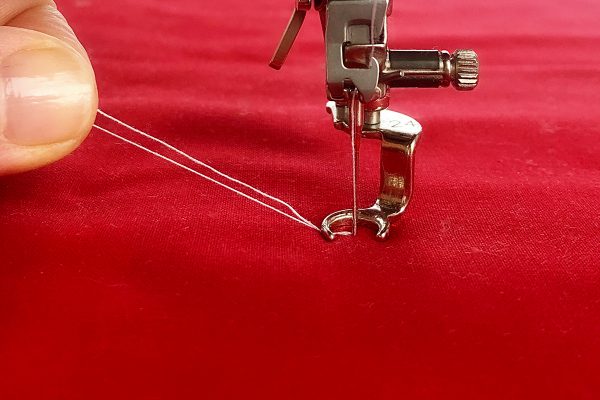
Hold the top and bobbin threads as you begin to stitch.
Stitch in Place Knot
As you start to quilt, stitch in place three or four stitches to create a knot.
Begin free motion quilting and then stop with the needle down. (Engage the “Needle-down” function if it’s available on your sewing machine.)
Trim the thread tails and begin stitching again.
Begin stitching, then stop and trim the thread tails.
Free Motion Quilting Motifs
To get the feel of quilting, begin with motifs you know. Quilt loops like the cursive letter “l”. Stitch from right to left and try stitching back from right to left.
Add wavy lines and try the cursive letter “w”.
Try Messy Spirals — they’re one of my favorite motifs!
Don’t stop — fill your entire quilt!
When you run out of space, stitch in place again to create an ending knot.
YOU did it — you are on your way!
Challenge yourself to fill a fat quarter sandwich with FMQ every day for 10 days. You’ll be amazed at your improvement! Consistency is the key to improving.
Free motion quilting is free-ing and fun!
In our next lesson, we will discuss hand position and grip aids. Until then, fill several quilt sandwiches with loops and letters and messy spirals!
Get Started with Free-motion Quilting Series
What you might also like
2 comments on “How to Get Started with Free-Motion Quilting”
-
-
Hi, well I’m m trying this tonight,!! Thanks I am really bad at this.
Leave a Reply
You must be logged in to post a comment.
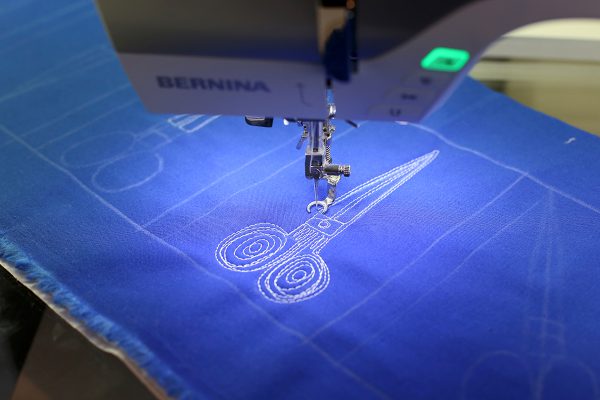
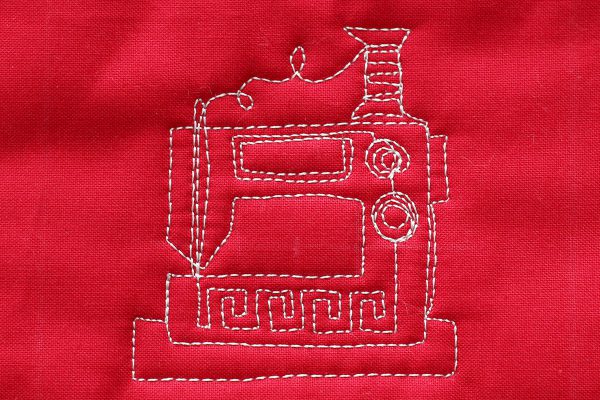
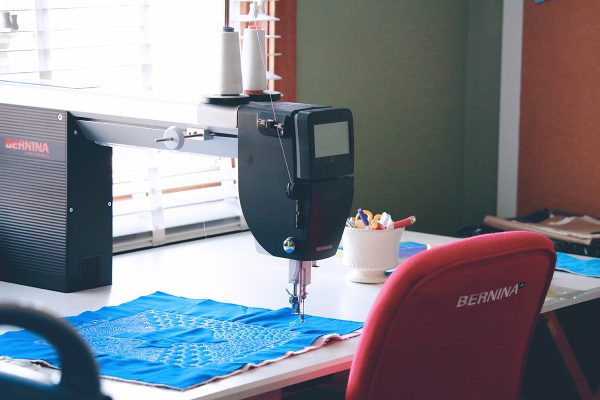
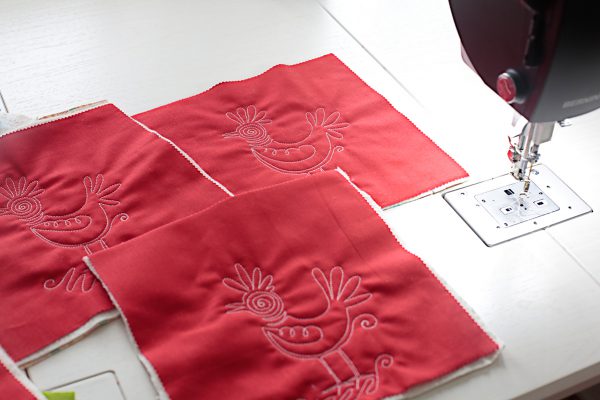
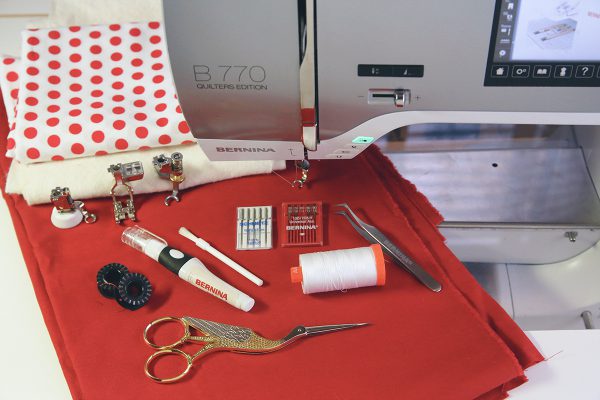
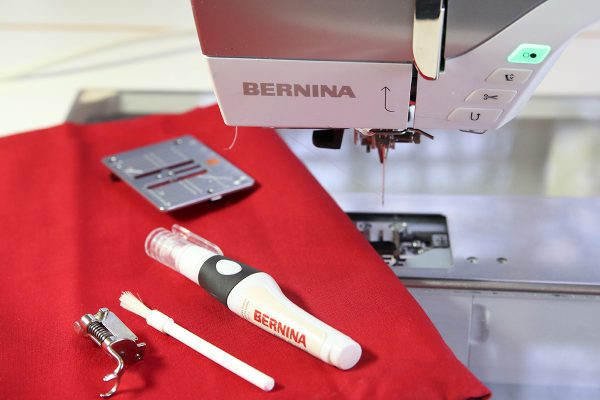
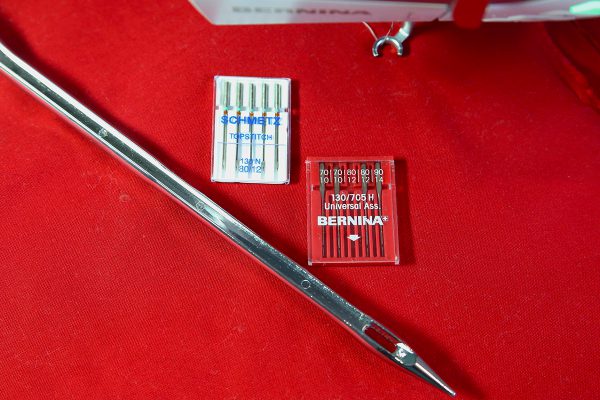
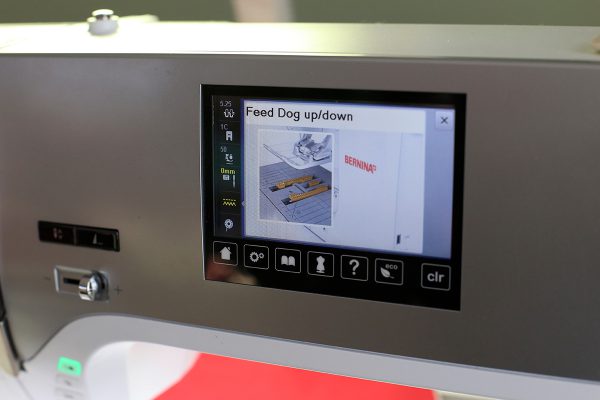
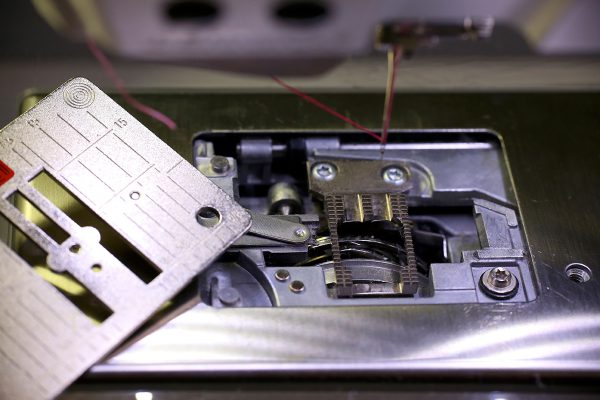
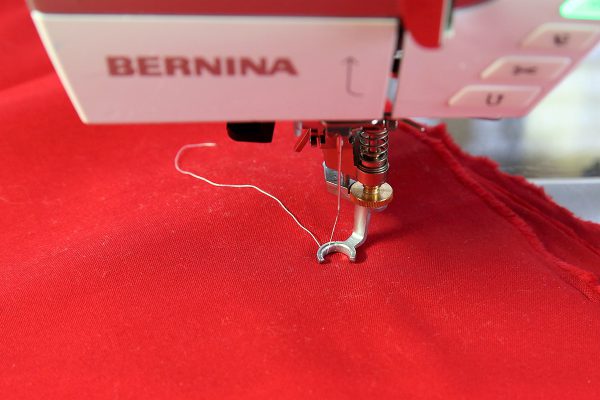
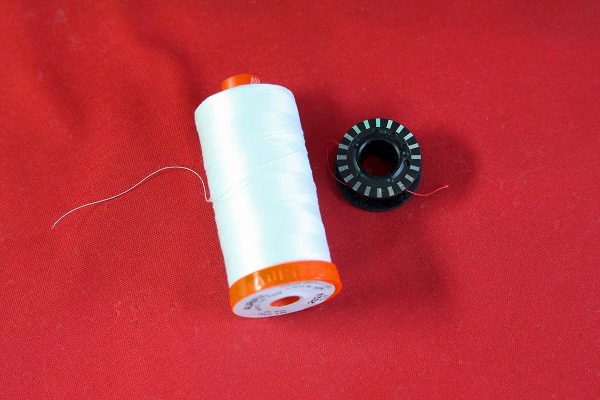
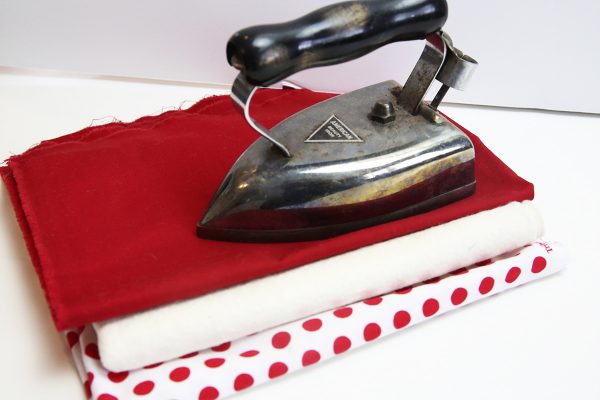
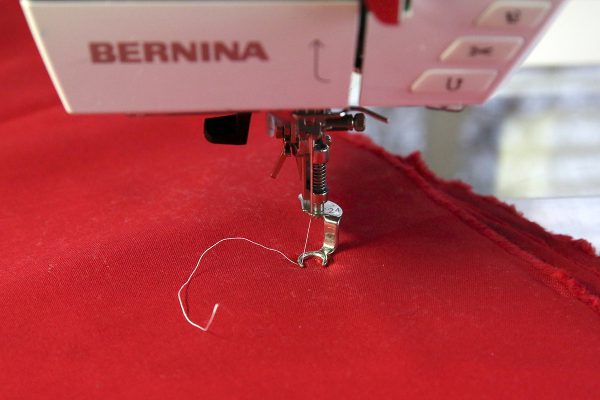
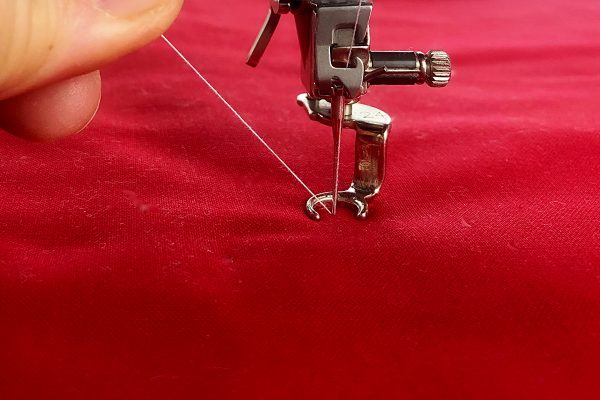
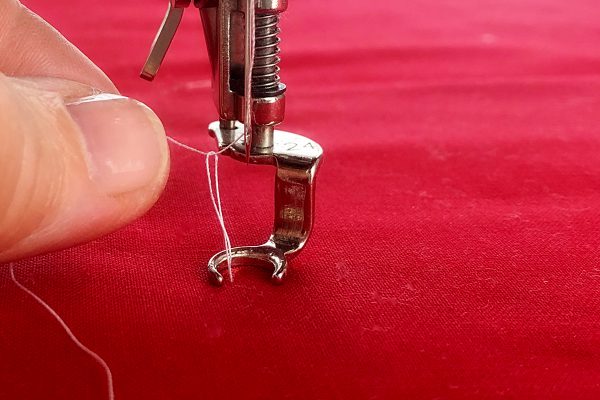
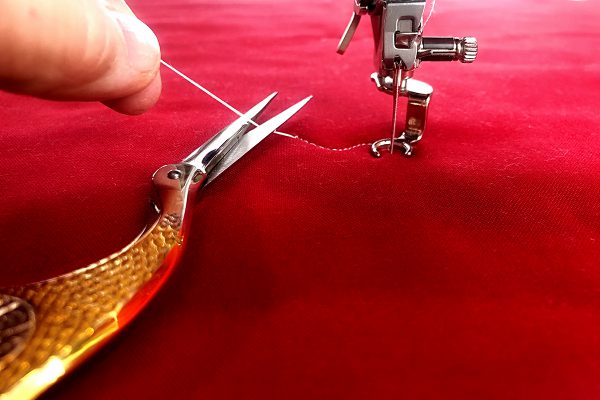
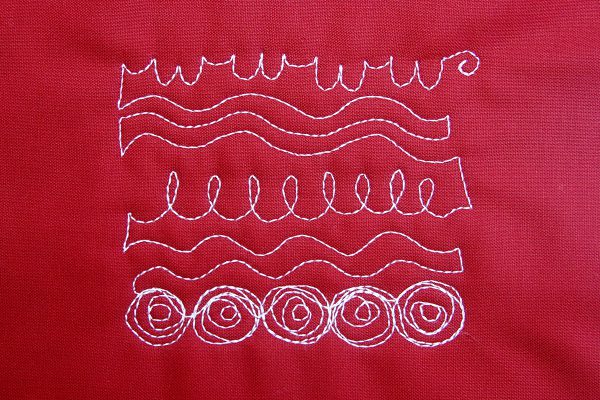
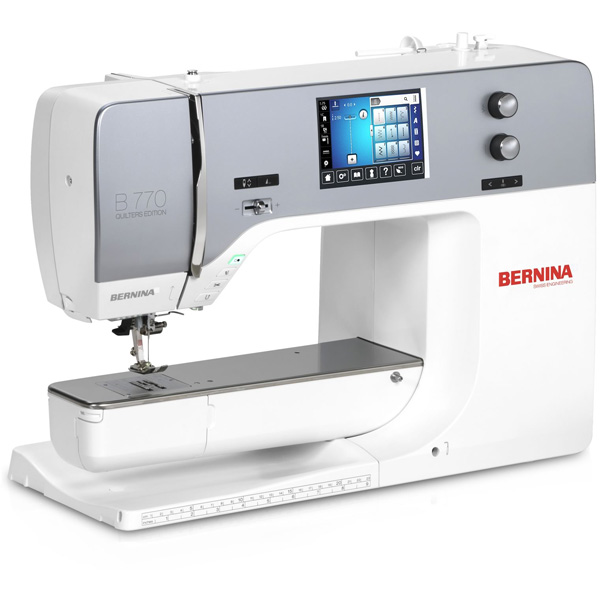
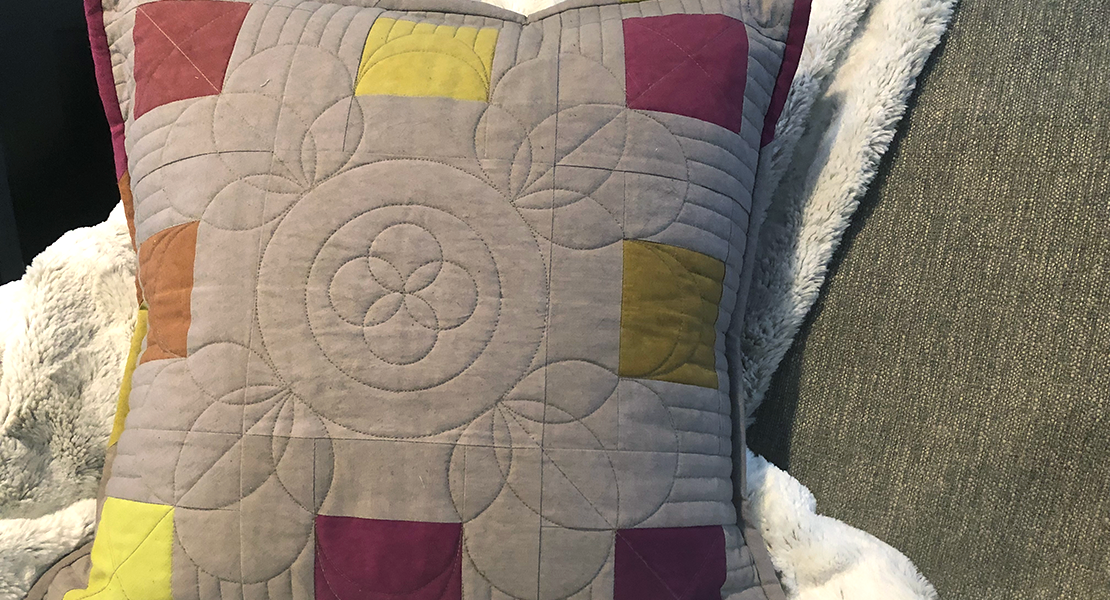
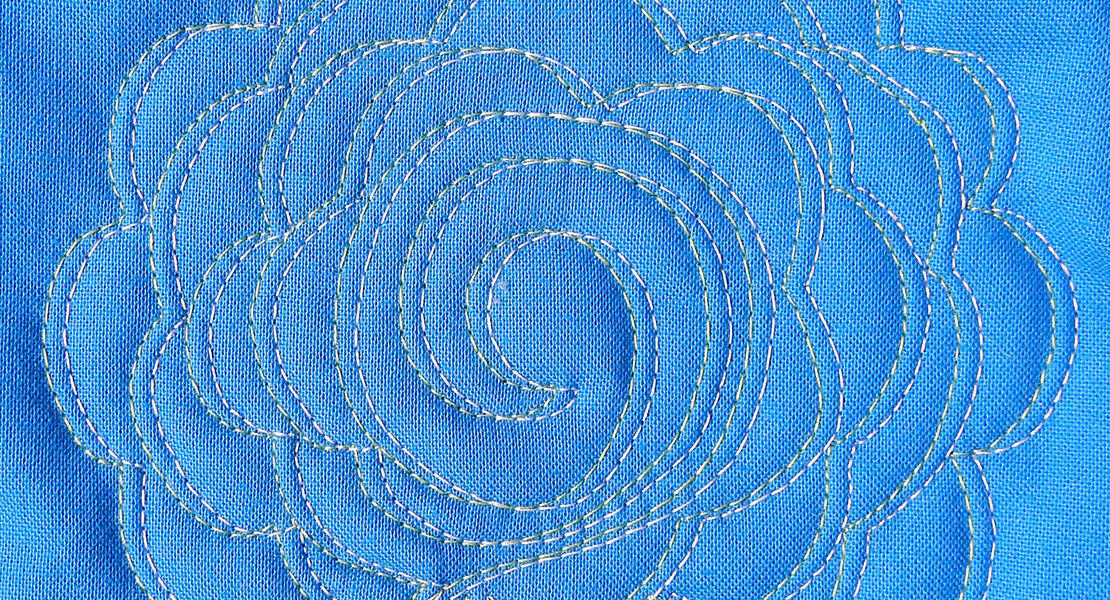
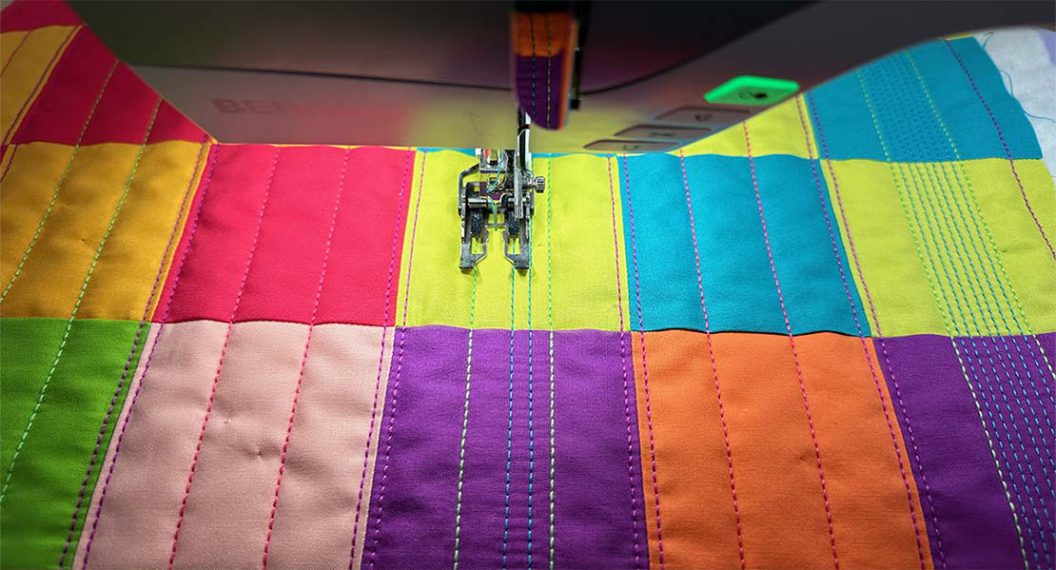
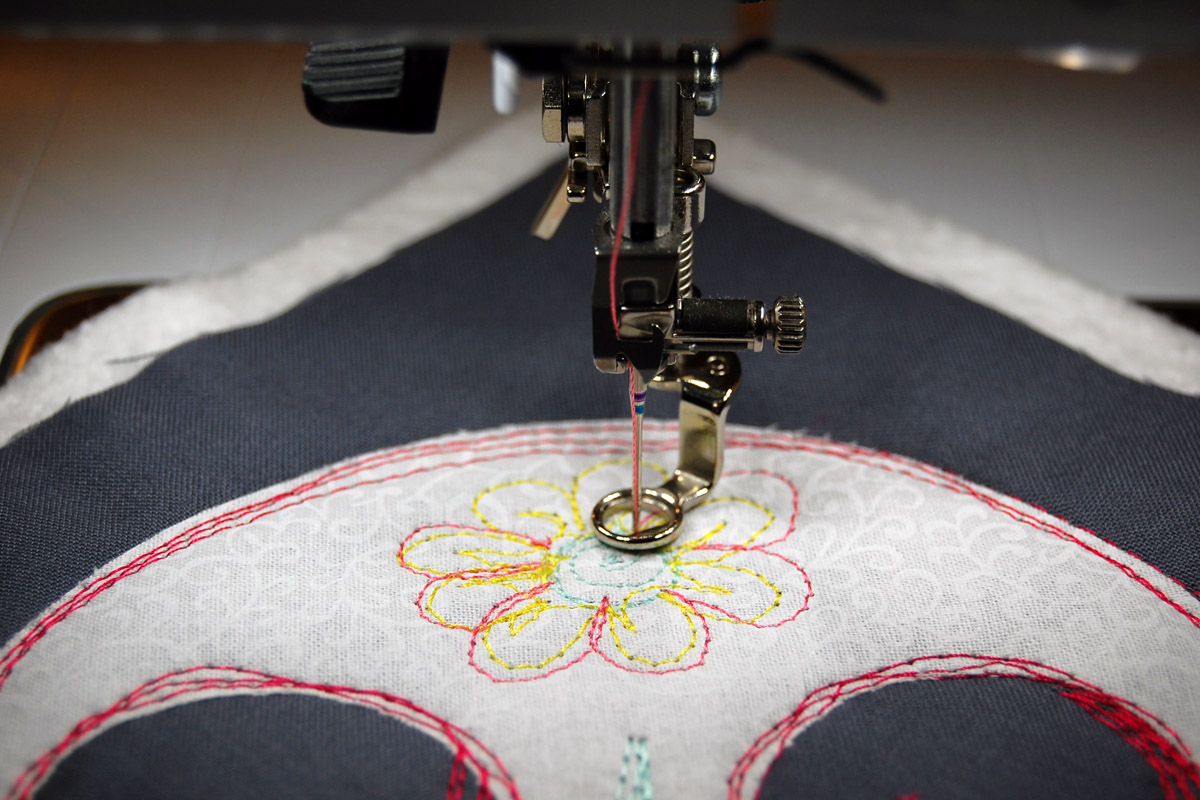
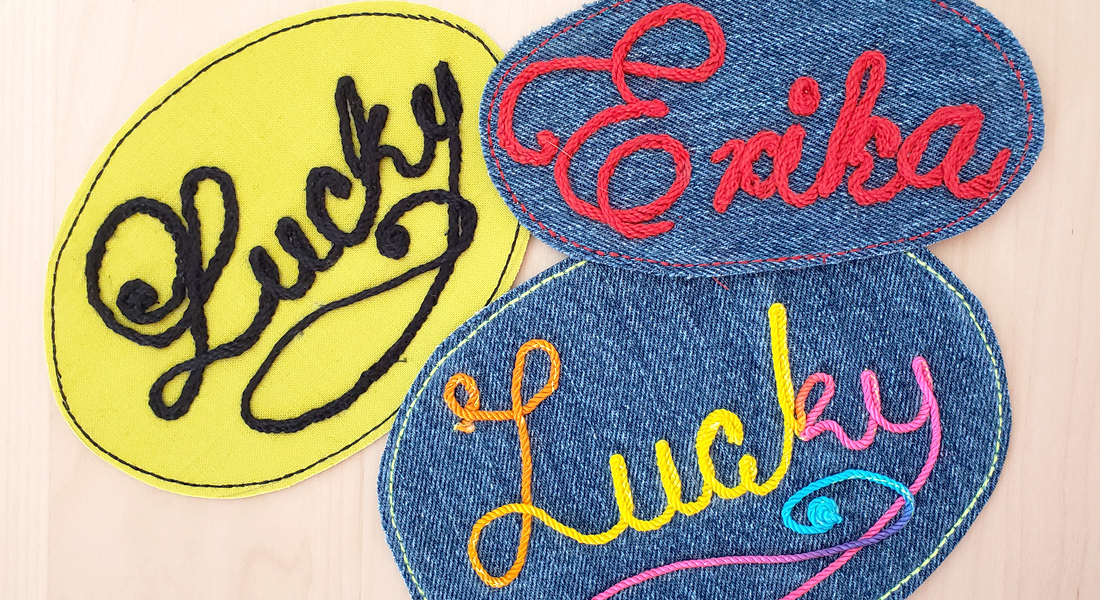
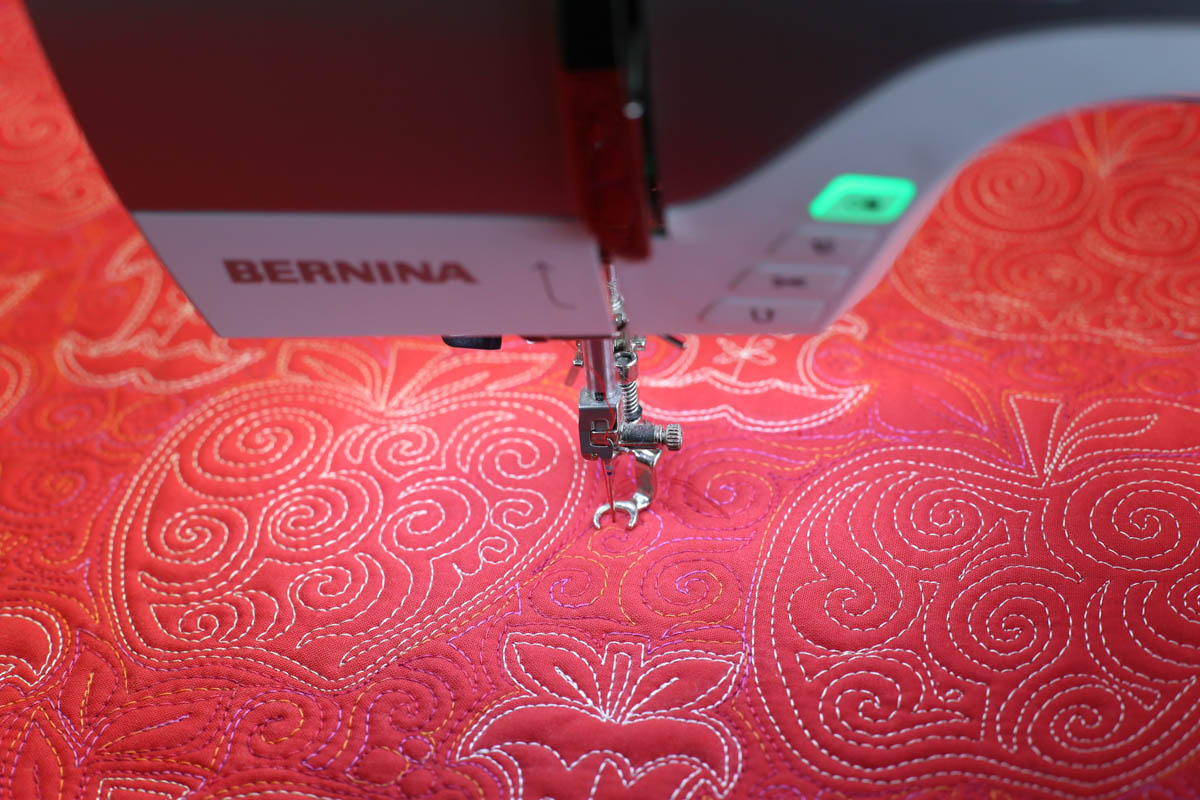
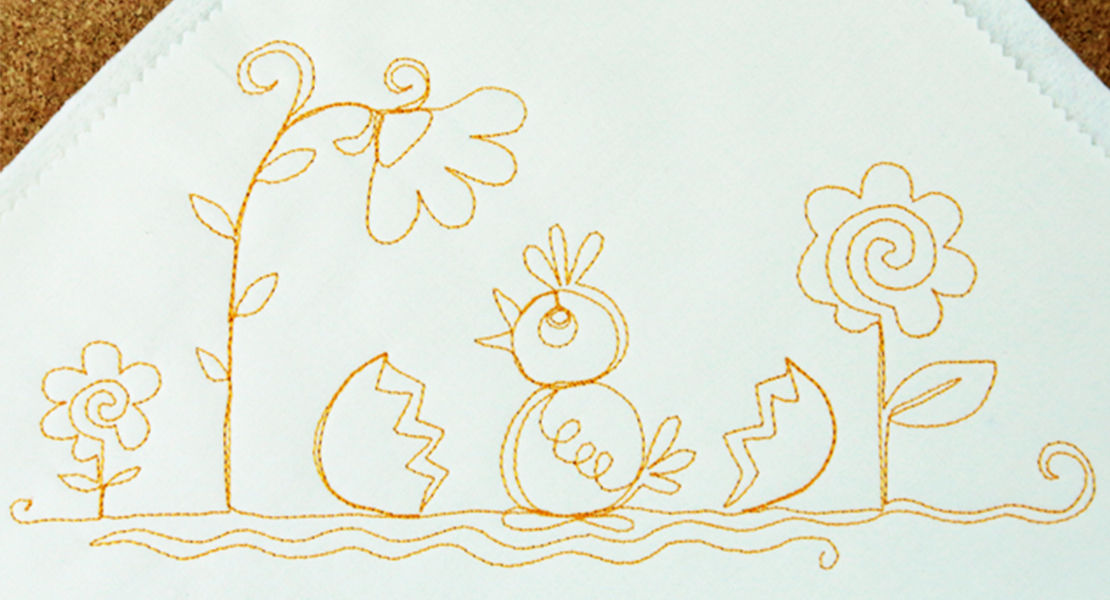
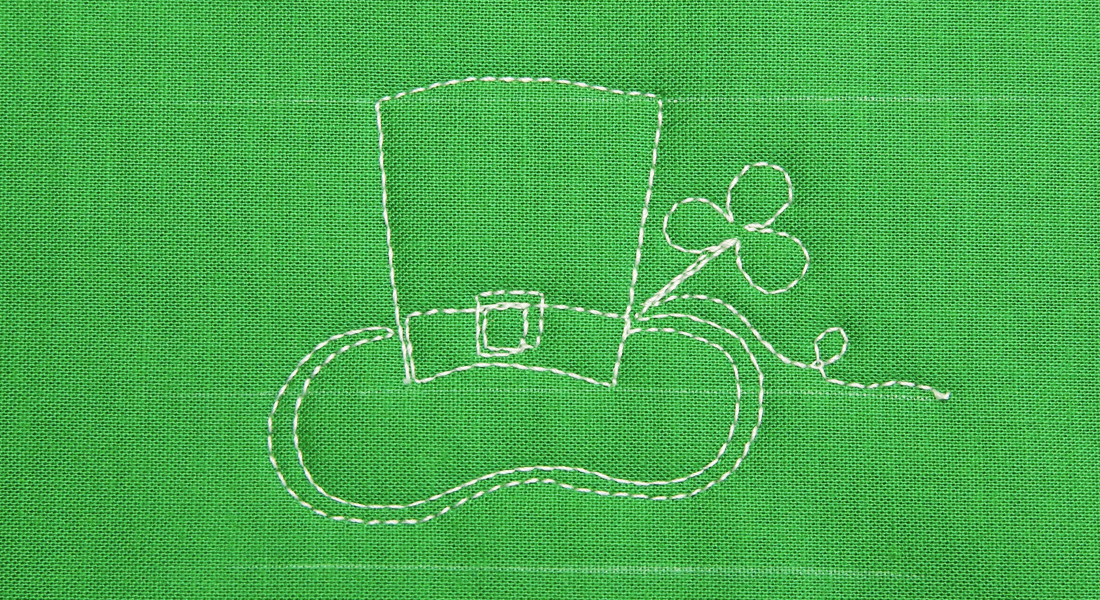
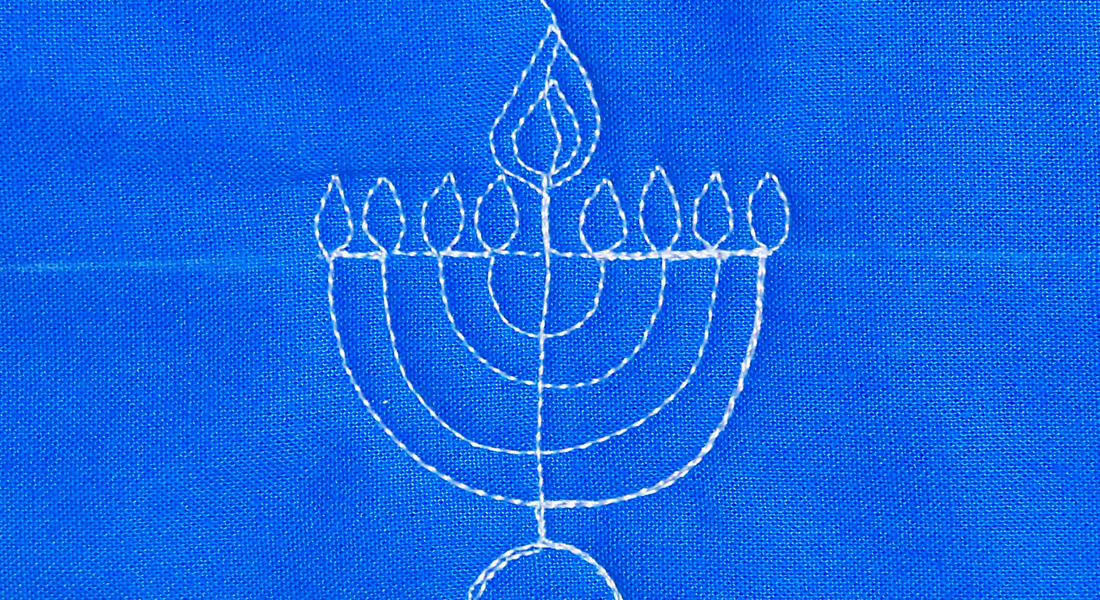
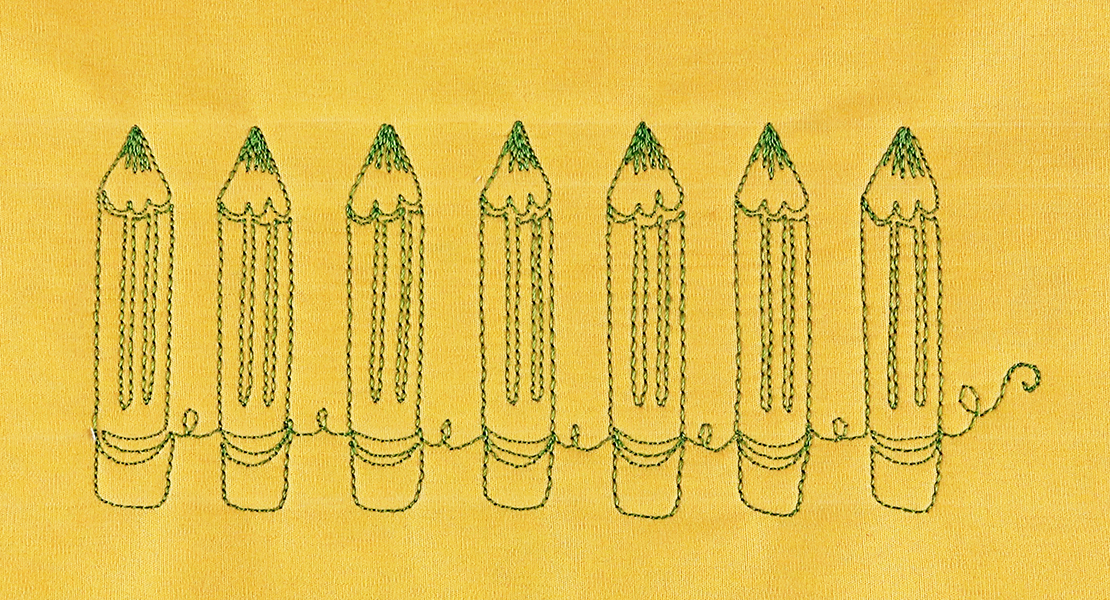
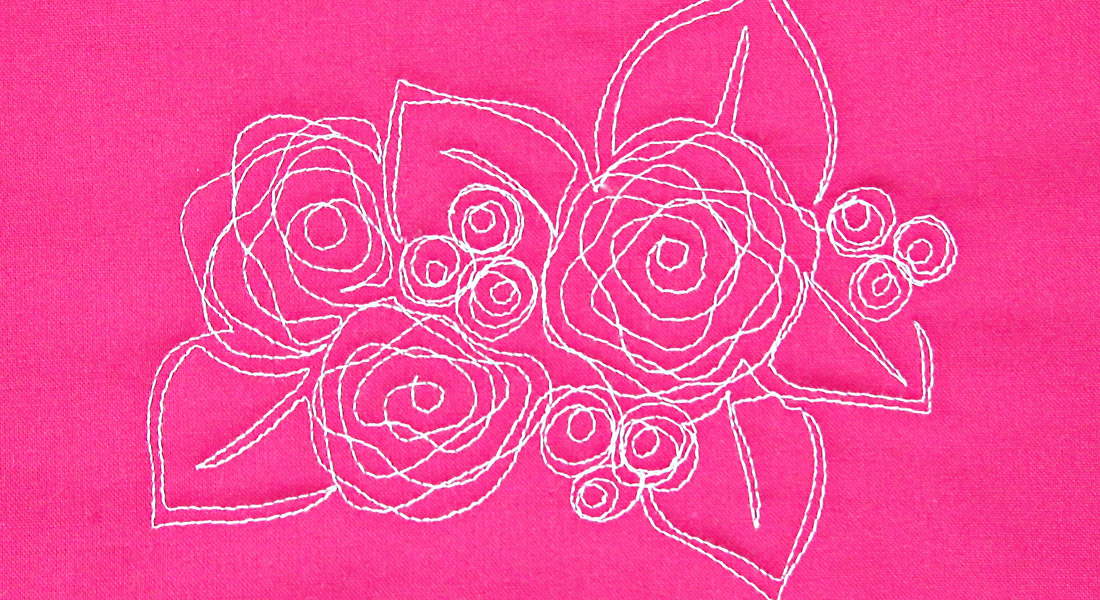
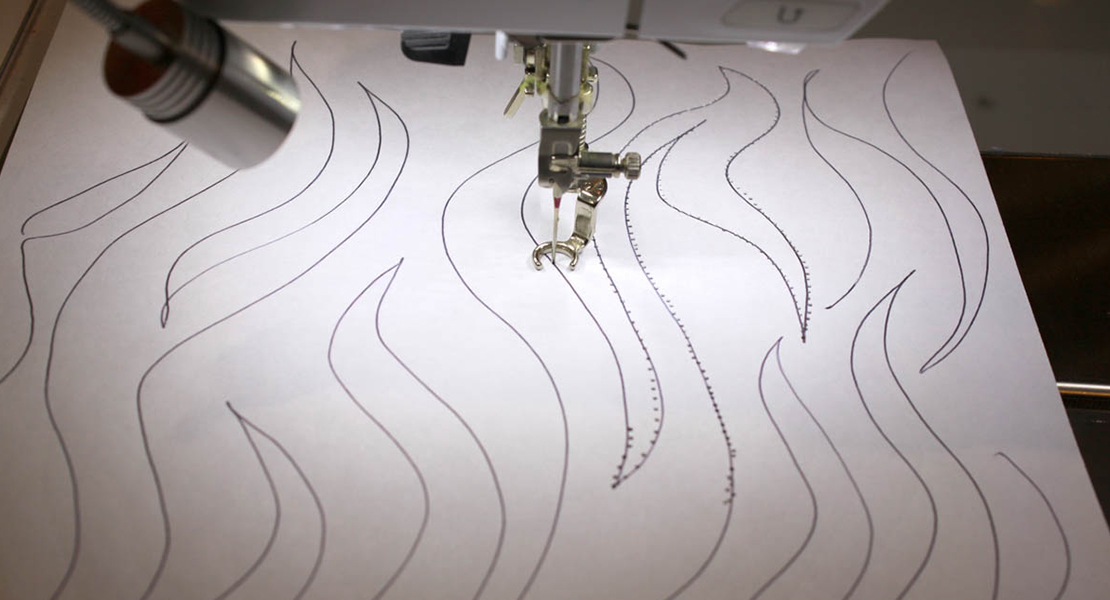
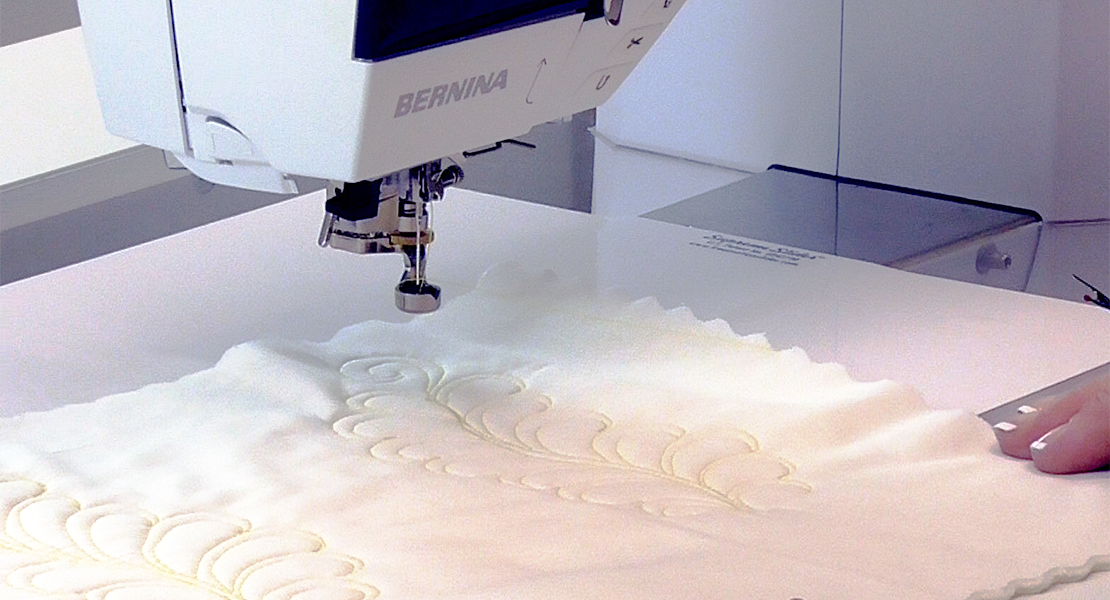
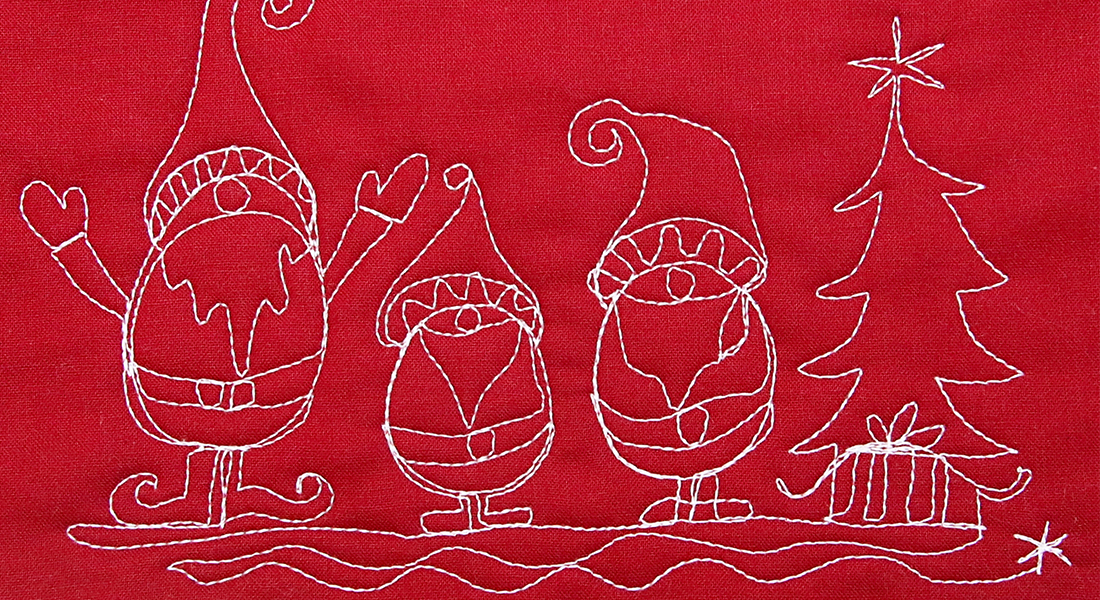
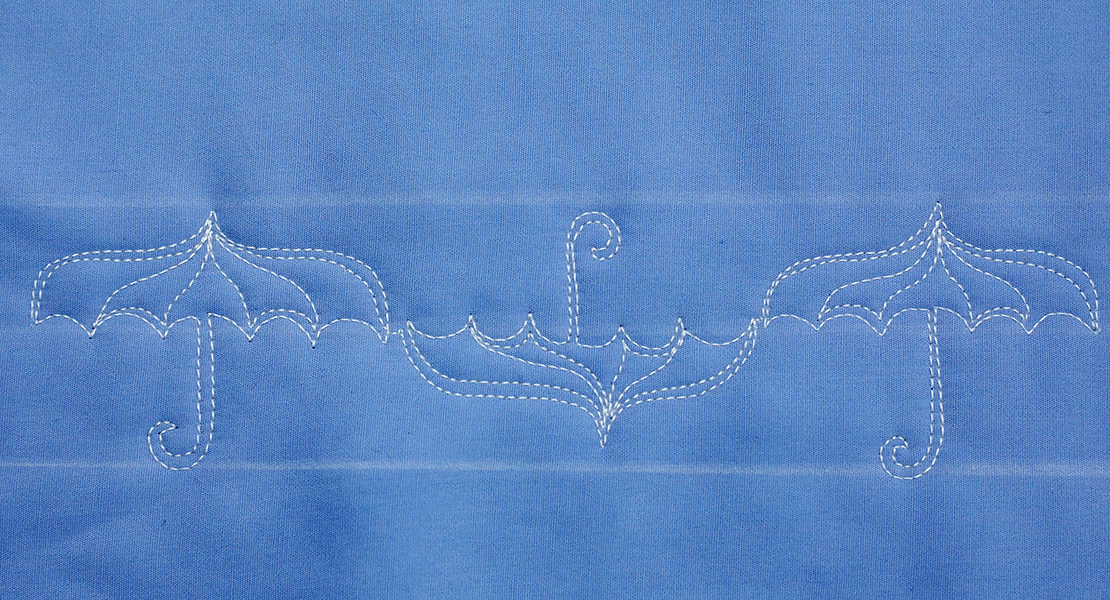
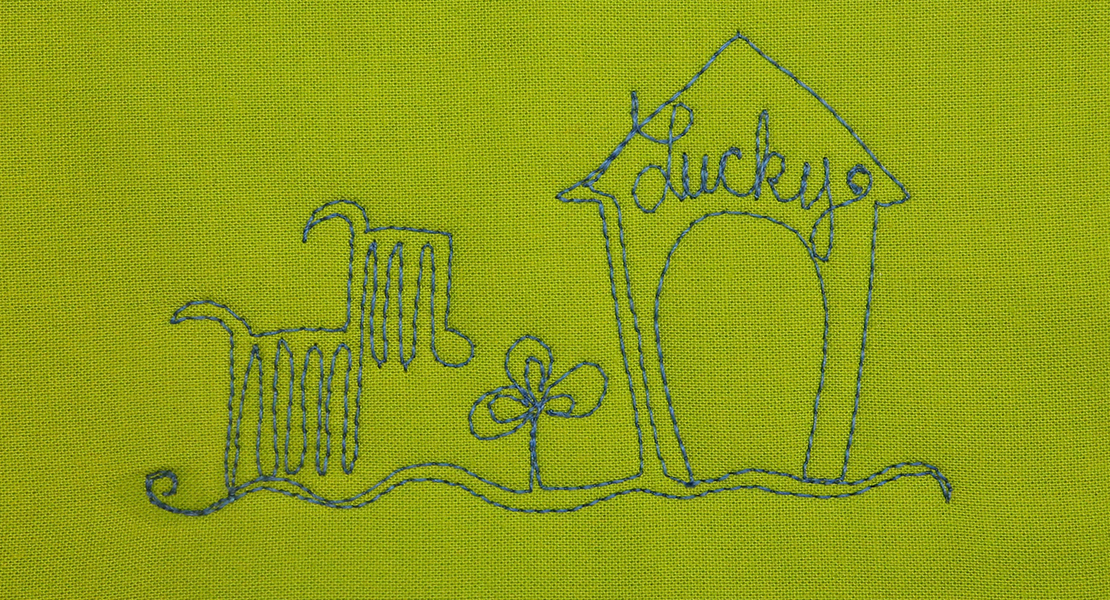
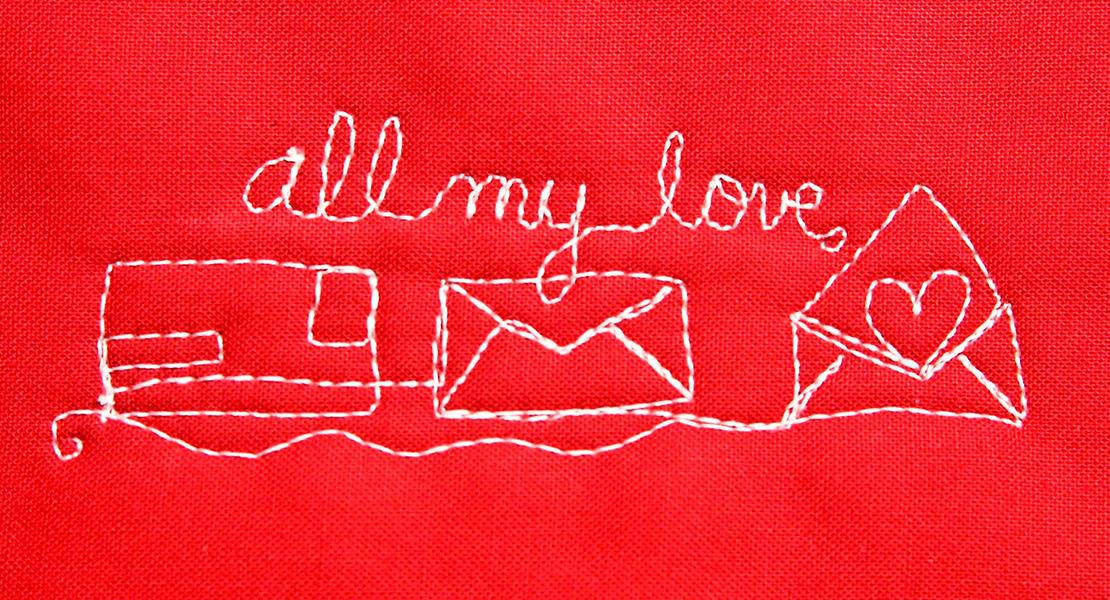
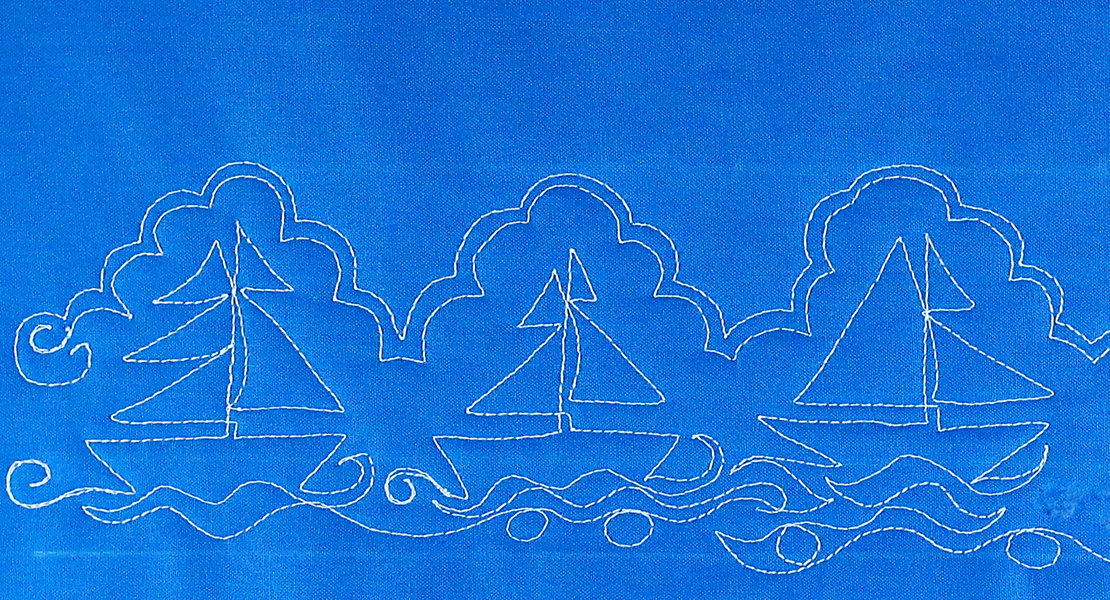
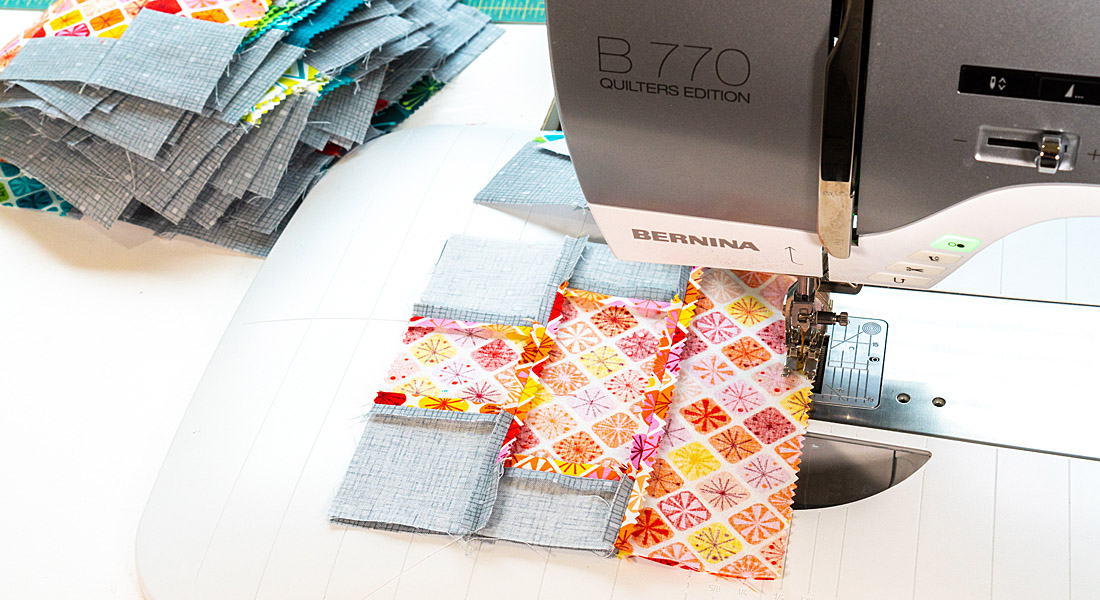
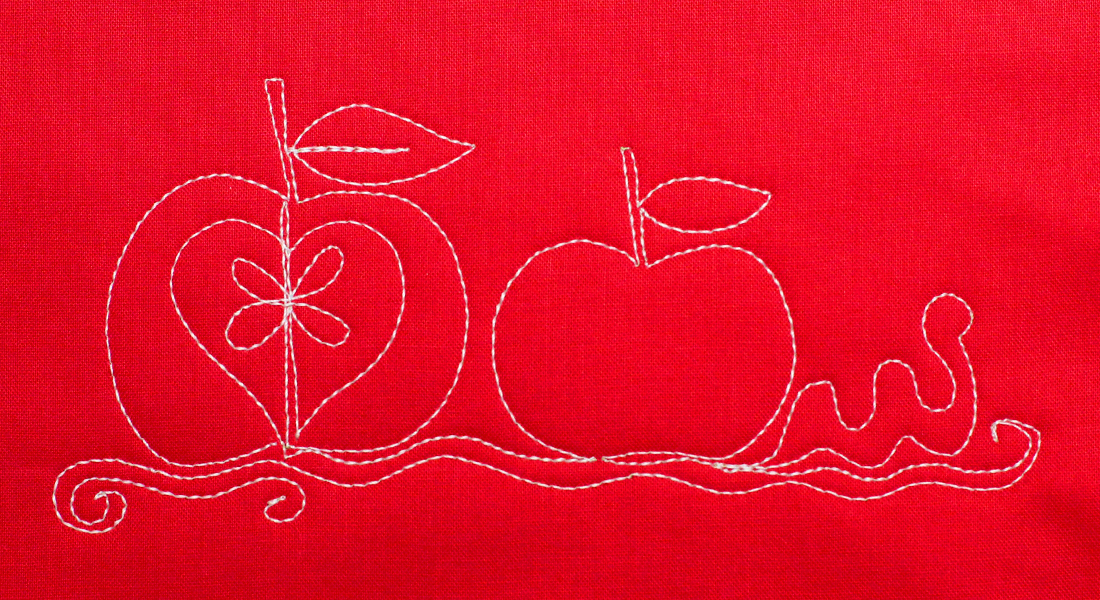
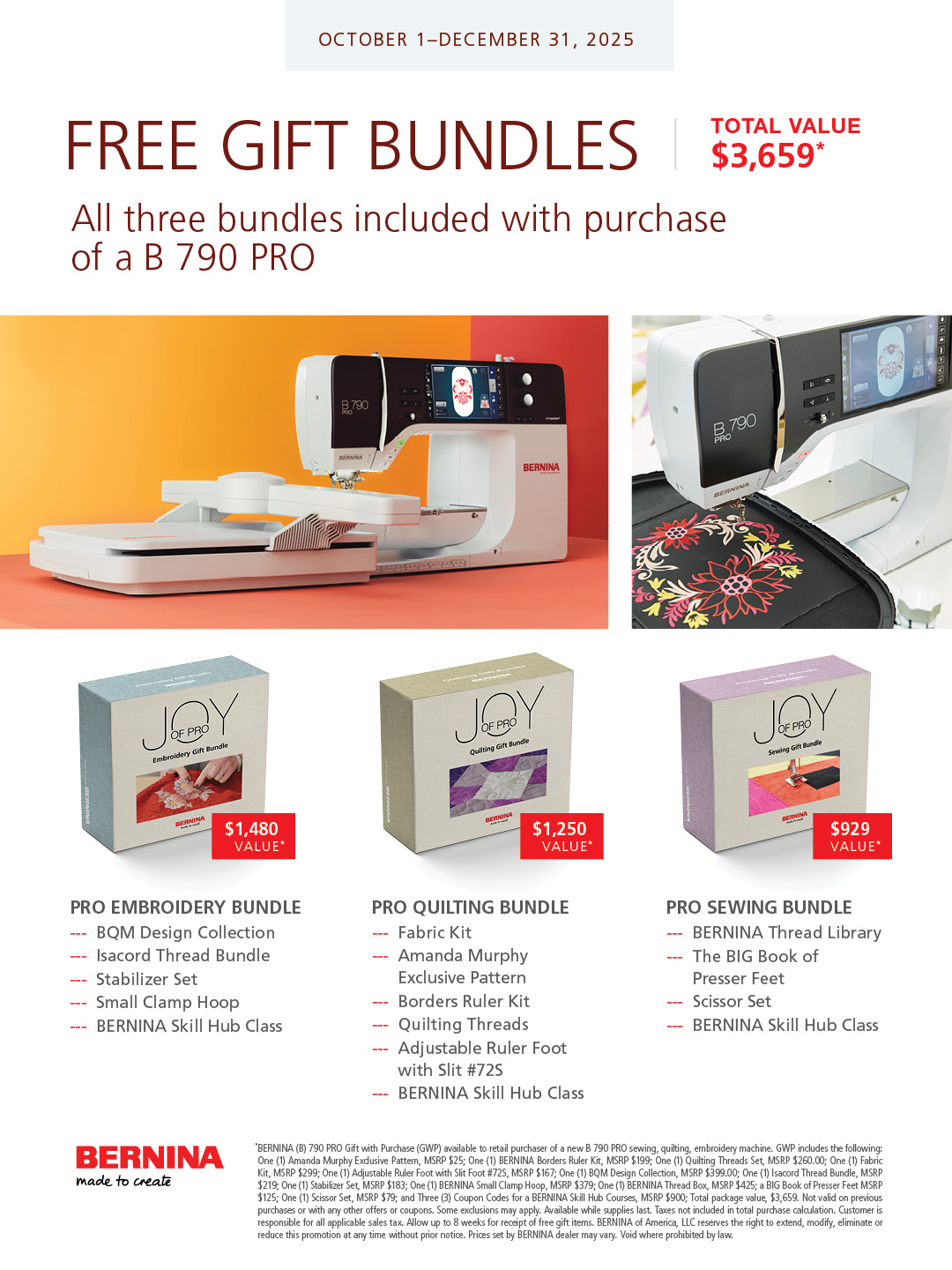
I am an old quilter, but terrible with free motion quilting, really appreciate these tips, looking forward to the next class.
Thanks ?
Helen B.